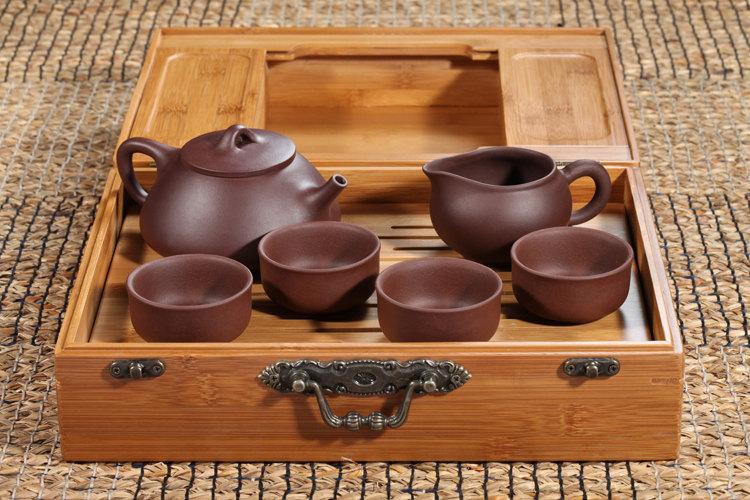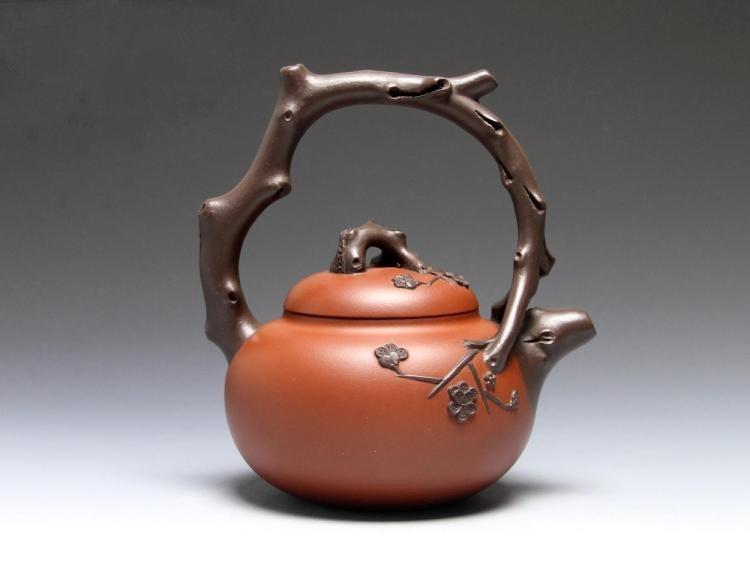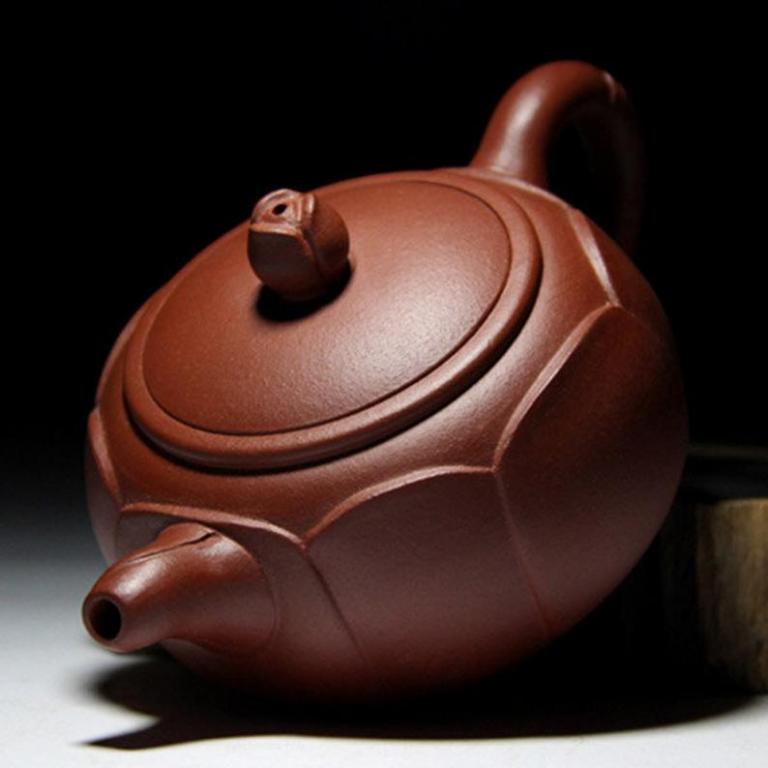Yixing and Zisha Ware
4 min readThe city of Yixing in Jiangsu province has been famous in China for its teawares since ancient time. Located on the west bank of the Taihu Lake in the Yangtze Delta, Yixing is where the three provinces Jiangsu, Anhui and Zhejiang meet. Its picturesque landscape was praised by literati of past dynasties. Many poets, calligraphers and painters have created artworks for the wonderful small city since the Six Dynasties.
Themain area for zisha isDingshu town 13 kilometers southeast to downtown Yixing, named after the Mount Shu and Mount Ding in the town which are only three kilometers from each other. The Dingshu town is rich of zisha clay, and was the birthplace of many folk tales concerning zisha pottery, including the story of weird monk selling soil of wealth and nobility mentioned above.

Pottery making started very early in Yixing, and the city has always been called “Capital of Pottery”, while zisha is praised as “Flower of the Capital of Pottery”. It is said that pottery making in Yixing was initiated by Fan Li in the Spring and Autumn period. After helping the King of Yue to wipe out the State of Wu, he left the king and came to the Dingshu town with Xishi (one of the renowned “FourBeauties”of ancient China), where he engaged himself in pottery making. He is remembered as Duke Taozhu, as he later changed his family name to Tao(meaning pottery in Chinese), and is considered as the founder of pottery making by people in Yixing. The history of pottery development in Yixing has been extended since then.
Today, people talk about the city of Yixing mainly because of its flourishing zisha teawares. In history, the city of Yixing was the home of famous masters of zisha teaware and masterpieces of zisha ware. Shi Dabin, Li Zhongfang and Xu Youquan were known together as Three Masters of zisha teaware after Gong Chun,a legendary founder of zisha teaware.
Among the three masters, Shi Dabin (1573-1648) was the one who enjoyed the highest reputation and gained the greatest achievements, especially in making zisha teapots. He was not only familiar with confection of clay, but skillful in shaping and inscription of zisha ware as well. It is said that he was very strict with his works, and would immediately throwaway a newly finished product if he was unsatisfied with it. His early works followed the style of Gong Chun, and mainly featured large, primitive and stable products. Later, he was influenced by preferences of literati, and produced smaller works with marks of his name and time of production. Only a few works by Shi Dabin have been passed down, of which the Teapot of Monk-cap is a masterpiece. It is thought that the shape of such teapots was created by the monk of Jinsha Temple accordingly to his own cap. Due to its unique shape, many zisha artists such as Gong Chun and Shi Dabin were very interested in imitating it. Li Zhongfang and Xu Youquan were two successful pupils of Shi Dabin, especially Xu Youquan, who was talented in pottery making and highly regarded by Shi Dabin.A1l these famous zisha artists have left their masterpieces to later generations.
Since early Qing dynasty, due to influence of the porcelain industry, the general style of zisha products shifted from simplicity to exquisiteness and complexity in both shape and decoration, and reached another peak. Nonetheless, some zisha artists and literati stuck to the traditional plainness, and Chen Mingyuan (1622-1735),a master of zisha who was a local of Yixing living during the Kangxiperiod was one of them. He was born in a family with a tradition of making zisha, and was reputed for his comprehensive mastery of zisha craftsmanship. He inherited the primitive tradition of ancestors on the one hand, while also absorbed inspirations from the nature, and initiated vivid imitation of nature by zisha ware.
His masterpiece works such as the Branch of Plum Blossom teapot and the Melon teapot are real treasures of art history for their distinct style and lifelike shapes.

Moreover, he also renovated decoration of zisha teapots with inscriptions of poems on the bodies of teapots.
The making of zisha teawares had gradually declined since the mid-Qianlong era in both quantity and exquisiteness. However, there was a rush to make zisha teapots during the period of Emperor Jiaqing and Emperor Daoguang with the participation of literati.A group of well-known zisha artists represented by Chen Mansheng appearedin the city of Yixing and nearby regions in Jiangsu and Zhejiang provinces. Most of them were both proficient in zisha workmanship, and well cultivated with high aesthetic sentiment. Through their influence, the traditional simple and plain zishastyle favored by literati was taking over the rich and elaborate style dominant in the early Qing dynasty. The city of Yixing still enjoys a high status in China’s industry of zisha ware. People will immediately refer to Yixing while talking about zisha ware. The importance of zisha to the city, is just like that of Xuan paper toAnhui and porcelain to Jingdezhen. The connection between themseems inseparable in people’s mind.









